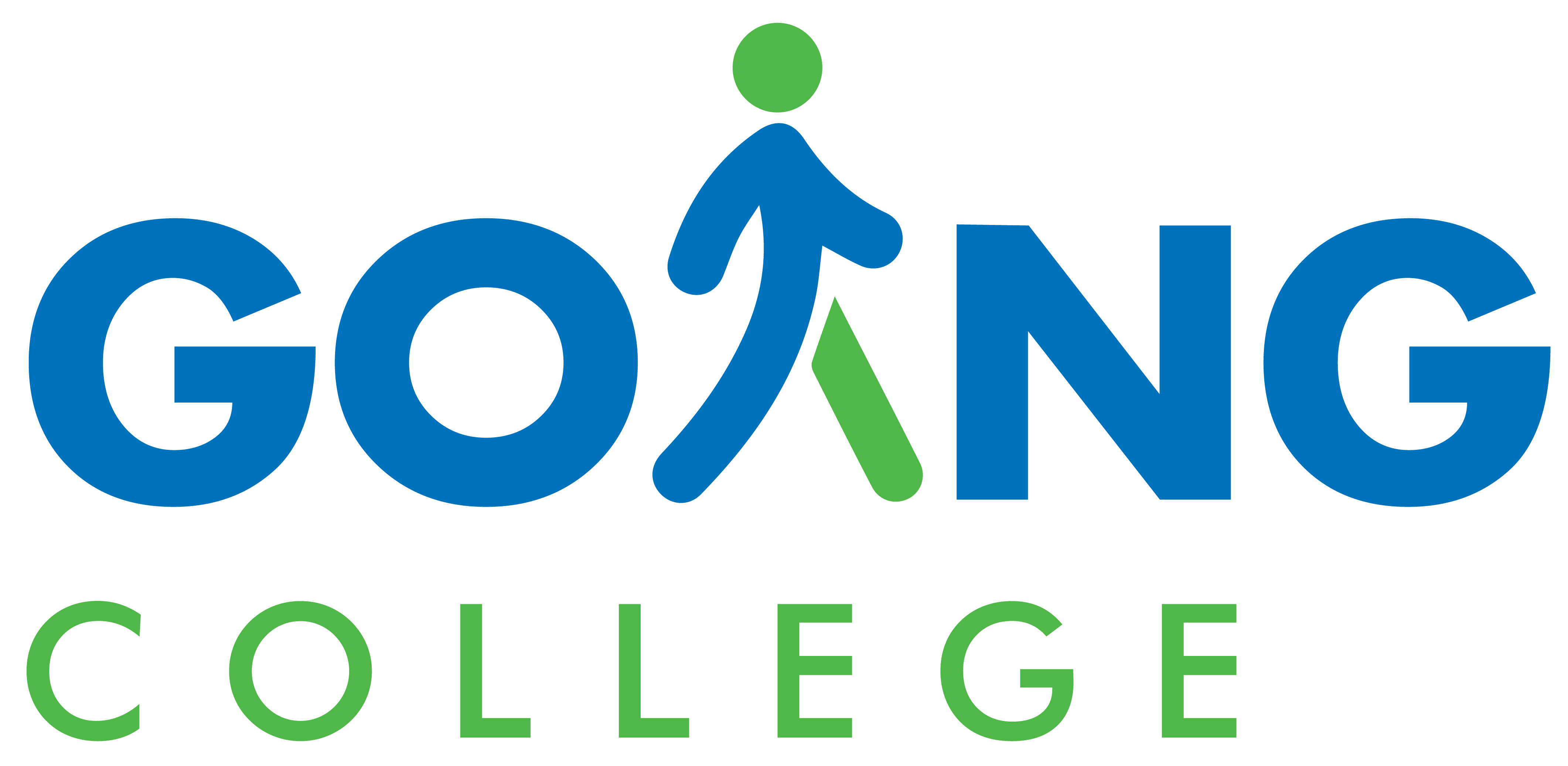Before anything else, it’s important to know which visa you actually need. For most international students, it’ll be one of these:
- F-1 Visa – This is the most common type. It's for students attending academic programs or English language programs at U.S. colleges or universities.
- M-1 Visa – For vocational or technical schools (like aviation, culinary training, etc.).
- J-1 Visa – For exchange programs, including high school or short-term training. Not common for full-time degree seekers.
💡 Most GoingCollege users will apply for an F-1 visa.
U.S. Student Visa Eligibility Requirements
To be eligible for a U.S. student visa, here’s what you need:
- An official admission offer from a U.S. institution approved by SEVP (Student and Exchange Visitor Program)
- A valid Form I-20 issued by the school
- Proof of enough funds to pay for tuition, living expenses, and travel
- Basic English language proficiency
- Strong ties to your home country
Step-by-Step Guide to Apply for a U.S. Student Visa
Let’s break it down:
1. Receive Form I-20
2. Pay the SEVIS Fee (Form I-901)
3. Complete the DS-160 Form
4. Pay the Visa Application Fee (MRV Fee)
5. Schedule a Visa Interview
6. Prepare for the Interview
Required Documents Checklist:
Make sure you have everything ready:
- A valid passport
- Form I-20 from your university
- DS-160 confirmation page
- SEVIS fee receipt
- Visa appointment confirmation
- A passport-size photo
- Academic transcripts, test scores
- Proof of financial support
- Any documents showing ties to your home country
Visa Interview Tips
Don’t stress. The visa interview is just to make sure you're a genuine student.
- Be honest
- Be confident
- Be ready
- Keep it short and to the point
Common questions you might be asked:
- Why did you choose this university?
- Who is sponsoring your education?
- What will you do after graduation?
After the Interview: What’s Next?
If your visa is approved, congratulations! The embassy will keep your passport for a few days and return it with the visa sticker.
If it’s denied, don’t lose hope. Find out why, improve your application, and reapply.
Traveling to the U.S.: What You Should Know
You can enter the U.S. up to 30 days before your program starts. At the airport, a CBP officer will check your documents:
- Passport with visa
- I-20 form
- University acceptance letter
- Proof of funds
Keeping Your Student Visa Status
Once you reach the U.S., you’ll need to follow certain rules to maintain your visa:
- Stay enrolled full-time
- Don’t work off-campus unless authorized
- Keep your I-20 updated
- Notify your school of any changes
- Don’t overstay your visa
Frequently Asked Questions
Can I work while studying?
- Yes, but only on-campus jobs in the first year. Later, you can apply for OPT or CPT.
Can I bring my family?
- Yes, your spouse or children can apply for an F-2 visa.
Can I transfer schools?
- Yes, but you must inform both schools and update your SEVIS record.
Final Thoughts
Getting a U.S. student visa might feel like a big task, but it’s totally doable with the right information and preparation. Just take it step by step, stay organized, and keep calm.
And hey—if you're applying through GoingCollege, you're already ahead.
We've built this platform to make the application journey smooth, transparent, and stress-free.
Want personal help or guided support?
👉 Try our EduPilot feature or go for the Achiever package for 1-on-1 support with your U.S. applications.
